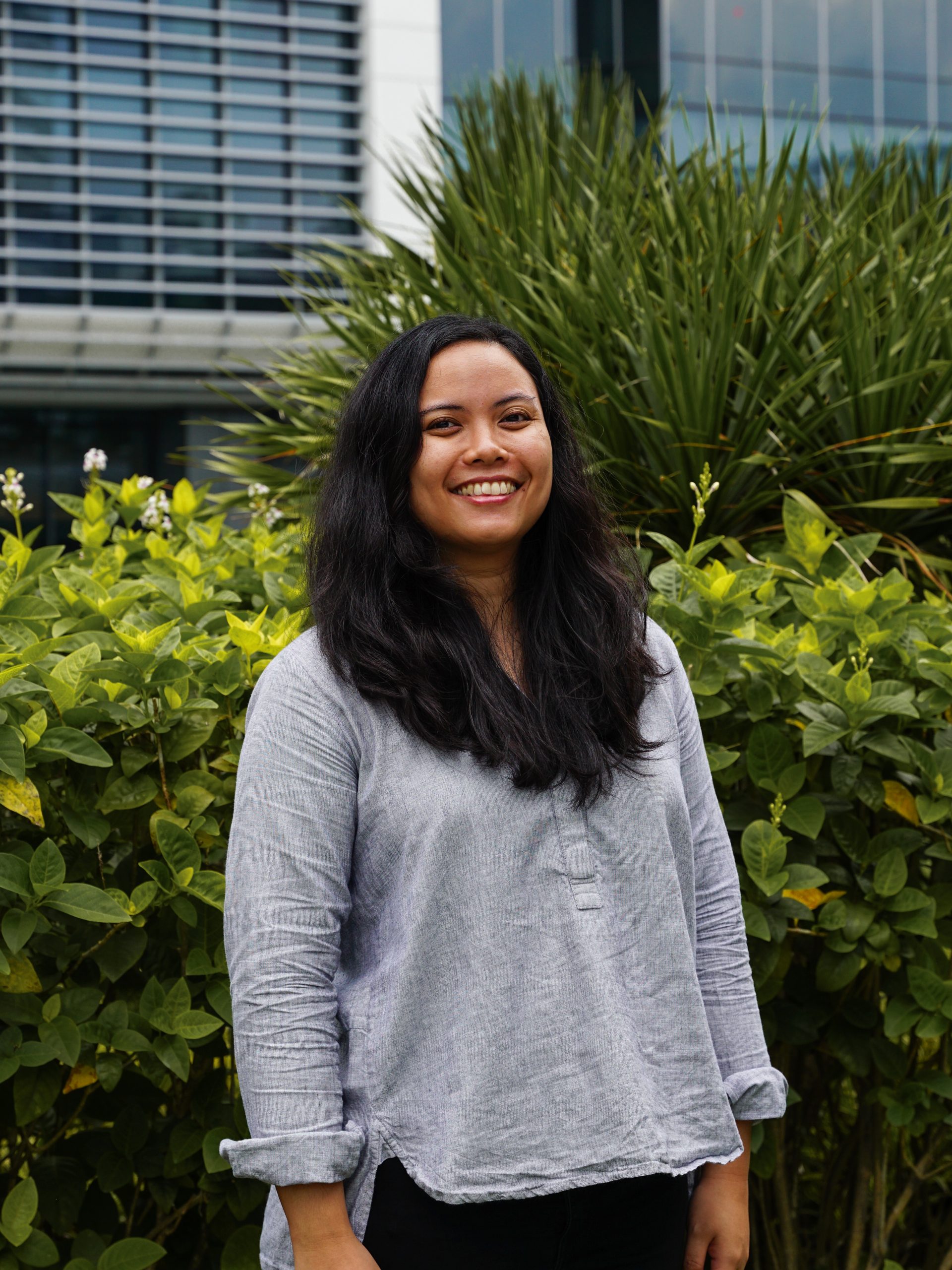
Tasya Vadya Sarira
Academic Qualifications
Ph.D., Applied Ecology & Conservation, University of Adelaide
B.Sc. (1st Class Hons.), Ecology & Environmental Science, The University of Adelaide
B.Sc., Ecology & Spatial Science, The University of Adelaide
B.A., Development Studies with minor in Geography, The University of Adelaide
Research Areas
Conservation and biodiversity; Development studies; Ecosystem services; Environment policy; Geographic Information Systems; Land use and spatial planning; Landscape ecology; Photogrammetry and remote sensing; Sustainability science
Research Interests
Tasya is a spatial analyst with a keen interest in the human-environment discourse. Her research focuses on using spatial data and imagery to explore regional-scale impacts to biodiversity and ecosystem services from land use and climate change. Tasya is an advocate for multi-disciplinary collaboration, and the use of emerging technologies to find solutions to the most urgent of environmental problems.
Biography
Tasya is a research fellow at the NUS Centre for Nature-based Climate Solutions. Her background is in ecology, remote sensing and development studies, and has contributed in regional and global-scale projects with organizations such as Conservation International, IUCN and South Australia’s Department of Environment and Water. She is also a certified drone pilot (≤ 7 kg multi-rotor) by Australia’s Civil Aviation Safety Authority.
Selected Publications
- T V Sarira, Y Zeng, R Neugarten, R Chaplin-Kramer & L P Koh (2022) Co-benefits of forest carbon projects in Southeast Asia. Nature Sustainability. https://doi.org/10.1038/s41893-022-00849-0
- H C Teo, Y Zeng, T V Sarira, T K Fung, Q Zheng, X P Song, K Y Chong & L P Koh (2021) Global urban reforestation can be an important natural climate solution. Environmental Research Letters. https://doi.org/10.1088/1748-9326/abe783
- Koh LP, Zeng Y, T V Sarira, Siman K (2021) Carbon prospecting in tropical forests for climate change mitigation. Nature Communications. 12:1271. https://doi.org/10.1038/s41467-021-21560-2
- Zeng, Y, Friess, D. A., T V Sarira, , Siman, K., & Koh, L. P. (2021). Global potential and limits of mangrove blue carbon for climate change mitigation. Current Biology. https://doi.org/10.1016/j.cub.2021.01.070
- Zeng Y, T V Sarira, L R Carrasco, Chong K Y, D A Friess, J S H Lee, P Taillardat, T A Worthington, Zhang Y & L P Koh, (2020) Economic and social constraints for climate-mitigation reforestation in Southeast Asia. Nature Climate Change. https://doi.org/10.1038/s41558-020-0856-3
- T V Sarira, K Clarke, P Weinstein, L P Koh & M Lewis (2020) Rapid identification of shallow inundation for mosquito disease mitigation using drone-derived multispectral imagery. Geospatial Health, vol.15 (1). https://doi.org/10.4081/gh.2020.851
Feature and publications in popular media
- Benefits of conserving a forest go beyond capturing carbon, The Straits Times, Singapore, 2022
- Researcher pilots drones to aid conservation efforts, The Straits Times, Singapore, 2021
- Economic and social constraints on reforestation for climate mitigation in Southeast Asia, Sustainability Community, Springer Nature, 2020
- Where might oil palm go next? Macaranga, Kuala Lumpur, 2019
- Drones used to hunt and destroy mosquito populations, ABC News, Adelaide, 2016
Conferences & Presentations
- T V Sarira & L P Koh (2019) Monitoring progress towards the 2030 Agenda through natural capital mapping, International Congress for Conservation Biology (ICCB), Kuala Lumpur, Malaysia
- M E Hennekam, T V Sarira & L P Koh (2019) Threats to Key Biodiversity Areas from oil palm expansion, International Congress for Conservation Biology (ICCB), Kuala Lumpur, Malaysia
- T V Sarira, R Neugarten, R Raja Segaran & L P Koh (2018) Strategic analyses of conservation priorities in the Asia Pacific, Association for Tropical Biology and Conservation (ATBC), Kuching, Malaysia
- T V Sarira, R Neugarten, A Cramer, R Raja Segaran & L P Koh (2018) Conservation priority setting for the Asia Pacific: a spatially explicit analysis, Natural Capital Symposium, Stanford University, Palo Alto, USA, https://doi.org/10.25909/5e86ec8f74dc6
- T V Sarira, K Clarke & M Lewis (2017) Multispectral remote sensing of mosquito breeding habitats using unmanned aerial vehicles, Spatial Information Day, Adelaide, Australia

